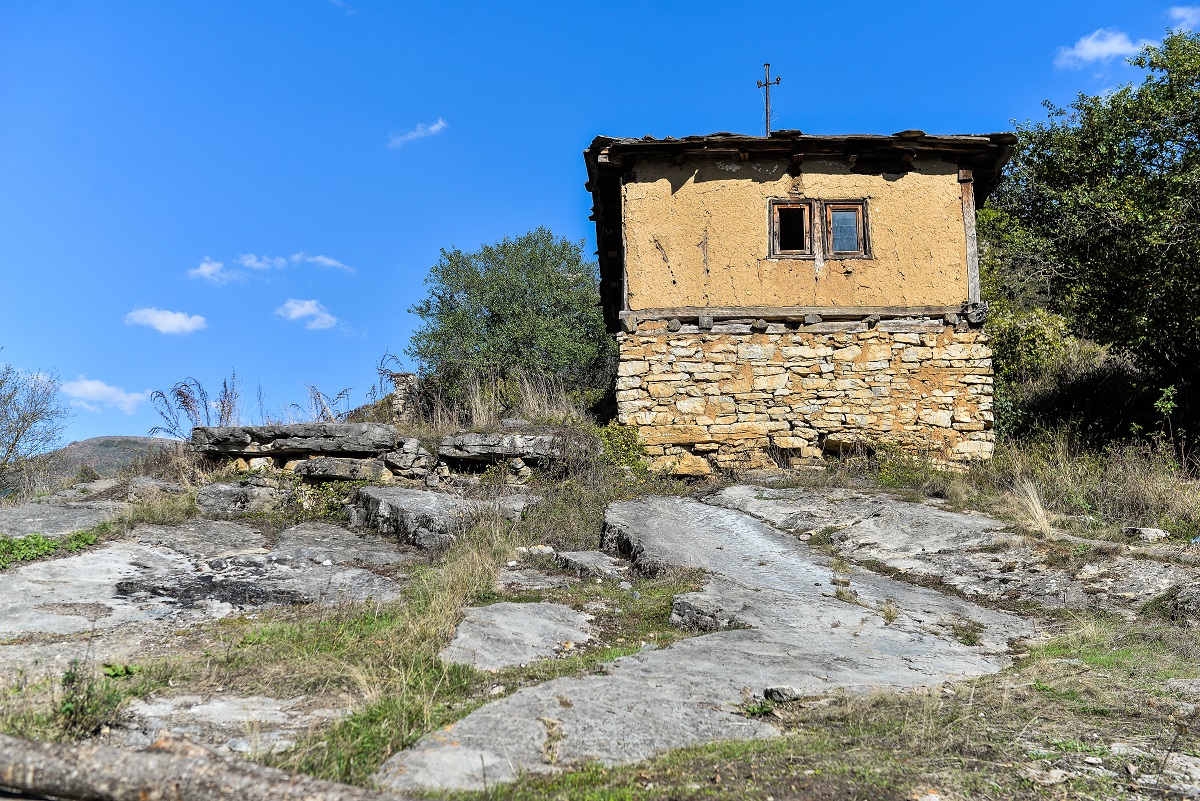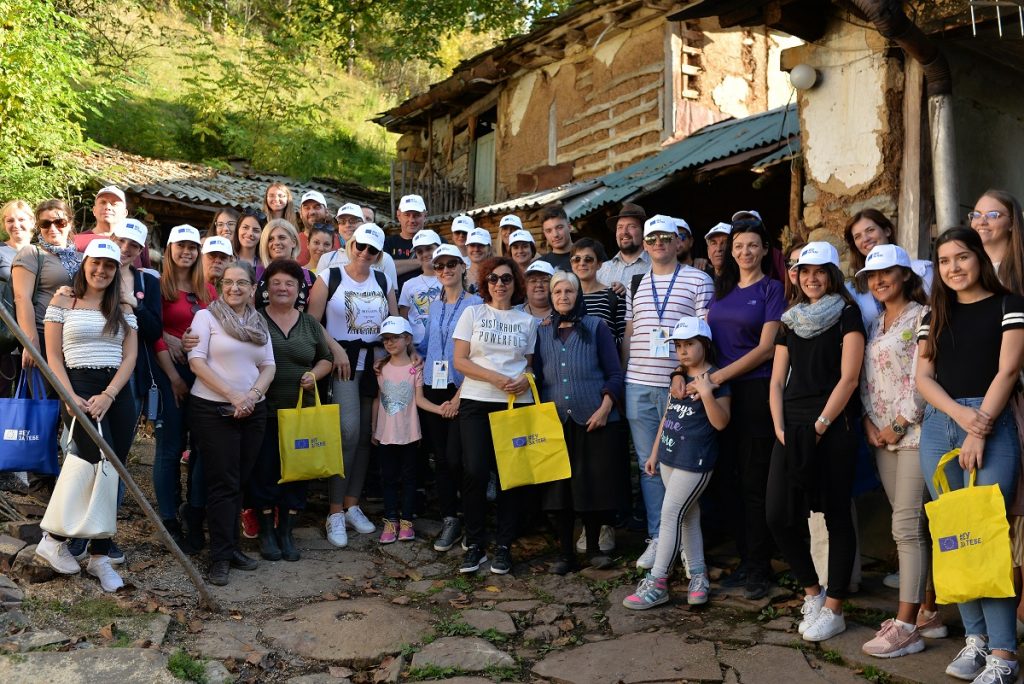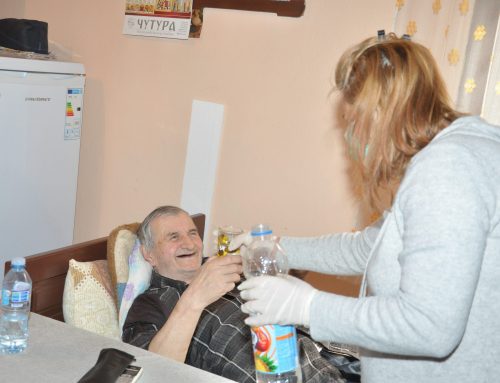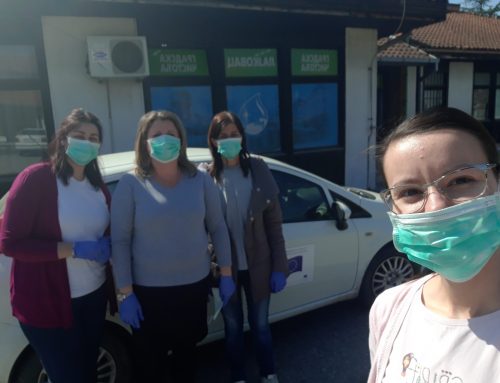The locals says that in the village of Gostuša in Stara planina “the soul feasts“ and that everyone who pays a visit to it once will want to come back and visit it again. The natural wealth there is diverse, and the village has managed to preserve the “spirit of the age“ which in turn offers an extraordinary visual experience given that the majority of old buildings – built from stone and other natural materials – have been mostly conserved in their original form and have retained their authentic appearance, which is why Gostuša became known as “the stone village.“
Due to its remoteness, lack of infrastructure and road, Gostuša has remained intact. Far away from the urban environment and in harmony with nature – up until recently even without an asphalt road – Gostuša has for long remained out of the reach of the wider public. All of this changed and the village got recognised across Europe with the 2016 Europa Nostra Award and Grand Prix of the European Union for cultural heritage. The recognition brought multiple advantages to the village, including a promotion boost, better photo and video archive, and the opportunity to rehabilitate existing buildings that have suffered damage over time.
Today, this village on the slopes of Stara planina mountain, some 30 kilometres away from Pirot, has a much more important spot on the map of Serbia. An ever-growing number of people come to see “the stone village” and the unspoiled nature around it. In early October 2019, a conservation camp was held in the village within the project “Revival of the Stone Village,” one of the 10 projects supported within the “European Heritage Stories” programme and the only one from Serbia.
What this means for the village, we learned first-hand from those who are best informed. Božana Vidanović has been living in Gostuša since her birth. She happily says that tourism has been developing in the village, but notes that there is still room for improvement. Major steps have been made, and the numerous activities taking place in the village substantially contribute to improving living conditions of the local community and to “the stone village” being given the attention it deserves.
“Over the last three years, the number of tourists has grown, mostly people from across Europe. Rural tourism is being promoted and we hope it will be promoted to an even great extent. I sell honey, various products made from forest fruit; everything one’s heart desires can be found here,” Božana Vidanović says.
In recent years, the village has increased the accommodation capacity due to growing demand. Nowadays, it can accommodate up to 21 visitors; a high number for a village of some 70 remaining inhabitants, mostly the elderly.
Foundation Architect Aleksandar Radović organised a conservation camp in Gostuša as part of the revival of the stone village, a project supported by the European Commission and the Council of Europe, marking the continuation of the work to preserve the authentic appearance of this unusual place. The village church, which has not had a service in over 30 years, has been reconstructed and now has the necessary conditions to hold services, the fact described by the locals as significant as it contributes to the preservation of tradition, identity and the overall bringing of the community together. The roof on the church’s apse and the retaining wall have been reconstructed.
Camp activities focused on the restoration of the existing buildings using natural materials, as has been done for centuries. By respecting the cultural heritage, a better future can be built, while through the preservation of tradition, the identity of people and the community is preserved as well.
“At the very beginning of our research, we saw how people used to live in harmony with the nature, how they used materials they literally found in the nature to erect these magnificent buildings. In those times, every villager was familiar with ancient building techniques and using old materials,” says Elena Vasić Petrović, Director of the Foundation Architect Aleksandar Radović.
Vasić Petrović added that there are still people in the village who practice traditional crafts, noting that the goal of the project was to pass on their knowledge – which isn’t taught in books and schools – to those who might make use of it. Another peculiarity of the village lies in the grouping of all residential and public buildings in one spot, while the entire economy of the village takes place outside of it; a rather rare case in a rural environment.
In order to make sure of the natural beauty of Gostuša and the cultural heritage of the surrounding area, the EU Info Point has organised a study visit for 50 citizens. Apart from a tour around the village and taking part in a conference which took place as part of the conservation camp, the visitors also had the opportunity to see how the traditional bread-making pan (crepulja) is made and used.
Gostuša is protected as part of the cultural heritage, while the Nature Park Stara planina has since 2009 been also protected under the law, as a first-category natural good of exceptional importance. Europa Nostra Award, received by Gostuša in 2016, is considered the highest honour in the heritage field.






